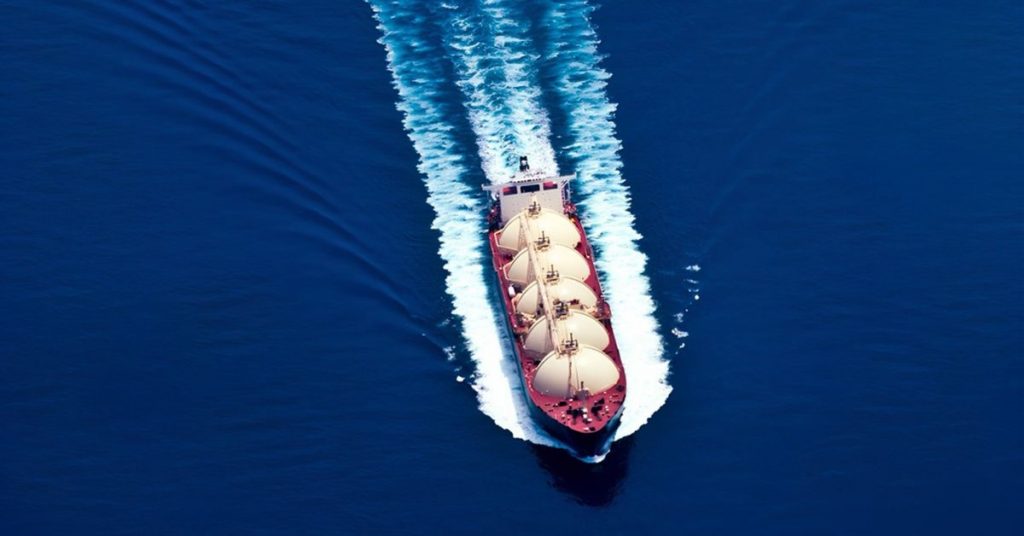SEA-LNG, an industry coalition encompassing the full LNG value chain, has released findings from its preliminary analysis of the International Maritime Organization’s (IMO) Net-Zero Framework following the MEPC 83 meeting. Using the independent Z-Joule cost of compliance calculator, the study evaluates the commercial viability of various fuel options in light of upcoming decarbonisation regulations.
According to the analysis, LNG dual-fuel vessels provide shipowners with a notably shorter payback period compared to methanol, ammonia, or traditional very low sulphur fuel oil (VLSFO). The study highlights LNG’s cost efficiency, stemming from its lower greenhouse gas fuel intensity (GFI), and its access to existing infrastructure, offering fuel flexibility and compliance advantages.
The IMO’s evolving Net-Zero Framework remains complex, and SEA-LNG notes that further technical assessment, along with input from the global maritime sector and alignment with regional measures such as those from the EU, is necessary before the framework is formally adopted later in 2025. Crucial components like the IMO Net-Zero Fund and the zero and near-zero-emission fuels (ZNZ) Reward Mechanism are not expected to be finalised before 2027.
SEA-LNG’s analysis focused on a 14,000 TEU container ship operating between Japan and the US West Coast. It compared the long-term cost implications of vessels powered by LNG, methanol, and ammonia with those using VLSFO over a 15-year period. The results showed that both high-pressure and low-pressure LNG dual-fuel engines achieved payback within 4.5 to 5 years. In contrast, vessels using methanol or ammonia did not recover their higher initial investments over the same timeframe.
A second scenario assessed a 14,000 TEU ship on the Rotterdam-Singapore route, which falls under both IMO and EU decarbonisation regulations. In this case, the LNG vessel’s payback period dropped to approximately 3.5 years, due in part to the early influence of the EU’s FuelEU Maritime policy.
SEA-LNG’s Chief Operating Officer, Steve Esau, stated that while further clarification is needed, the current IMO framework supports a competitive landscape for all low-carbon fuels, provided upcoming mechanisms like the ZNZ Reward are developed with neutrality in mind.
Peter Keller, Chairman of SEA-LNG, reiterated the industry’s ongoing commitment to LNG. He noted that the LNG pathway—compatible with bio-methane and e-methane—offers immediate emission reductions and aligns with both IMO and EU regulatory directions.
Tags: IMO, LNG, Maritime, MEPC 83, VLSFO



Recent Posts
Scandlines Nears Delivery of Zero Emissions Ferry Following Successful Sea Trials
India faces emission roadblocks with rising net-zero demands
Green Energy Resources invests in two electric Liebherr LHM 550
NYK Launches Continuous Use of Bio LNG Fuel on Car Carriers to Advance Decarbonization Goals
Yang Ming Expands Fleet with Methanol and LNG Dual-Fuel Vessels Under Fleet Optimization Plan
ClassNK Advocates Speed Gap Monitoring to Optimize Fuel Efficiency in Heavy Weather
Wärtsilä’s retrofit package for the Corsica Linea ferry Pascal Paoli has resulted in fuel savings of up to 22 percent Corsica Linea
COSCO Shipping Names Second Methanol Dual-Fuel Containership in Yangzhou